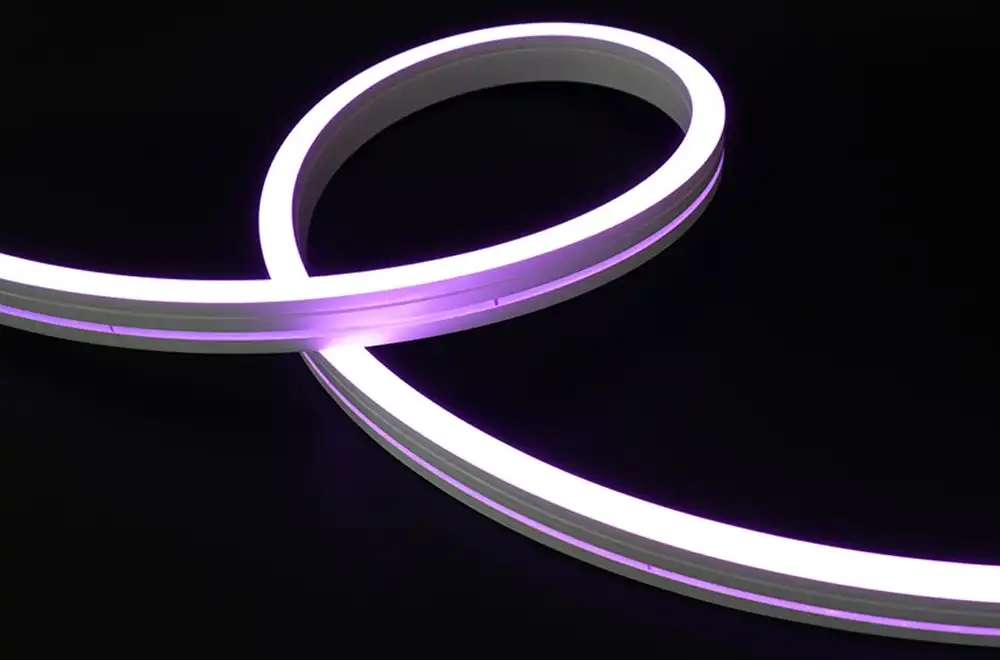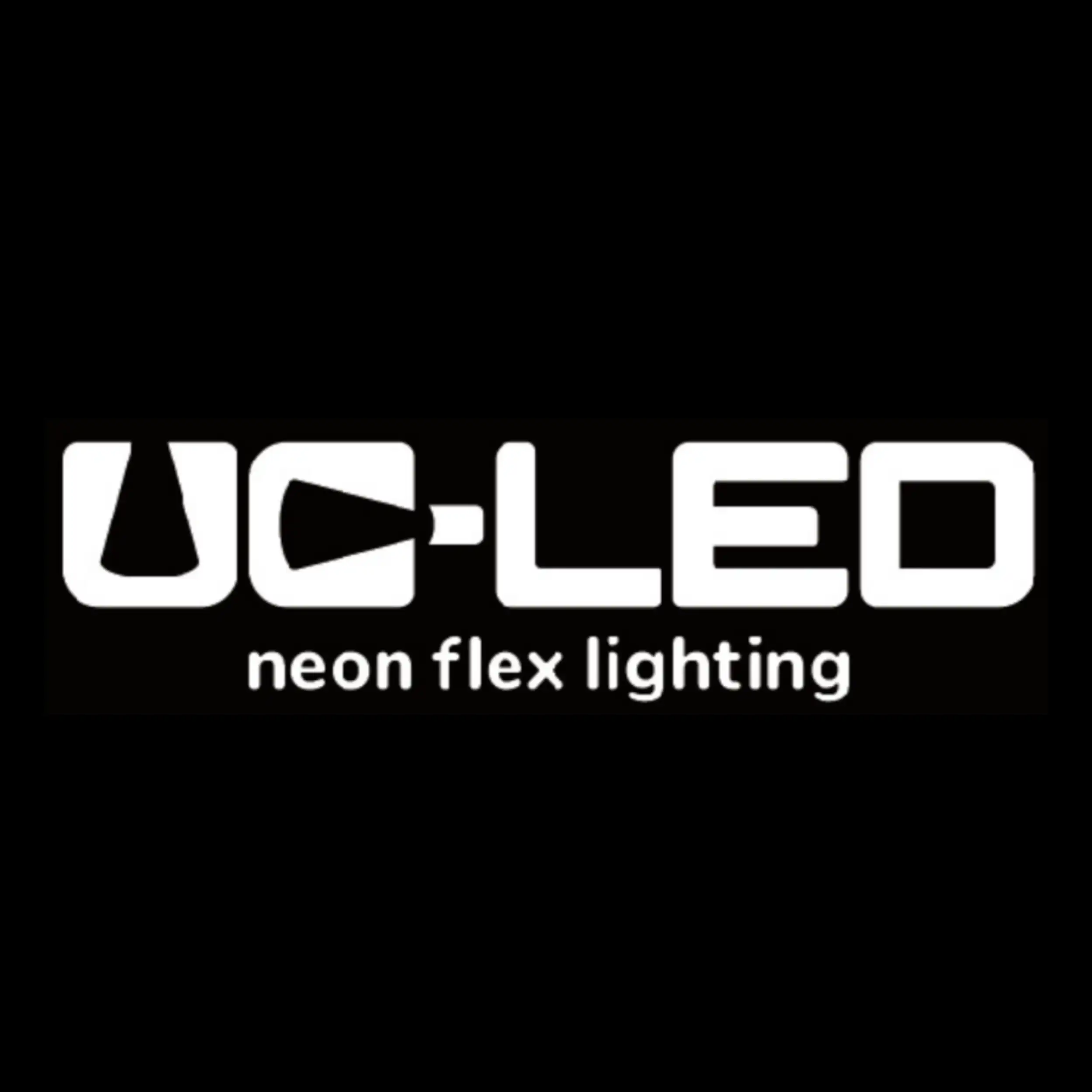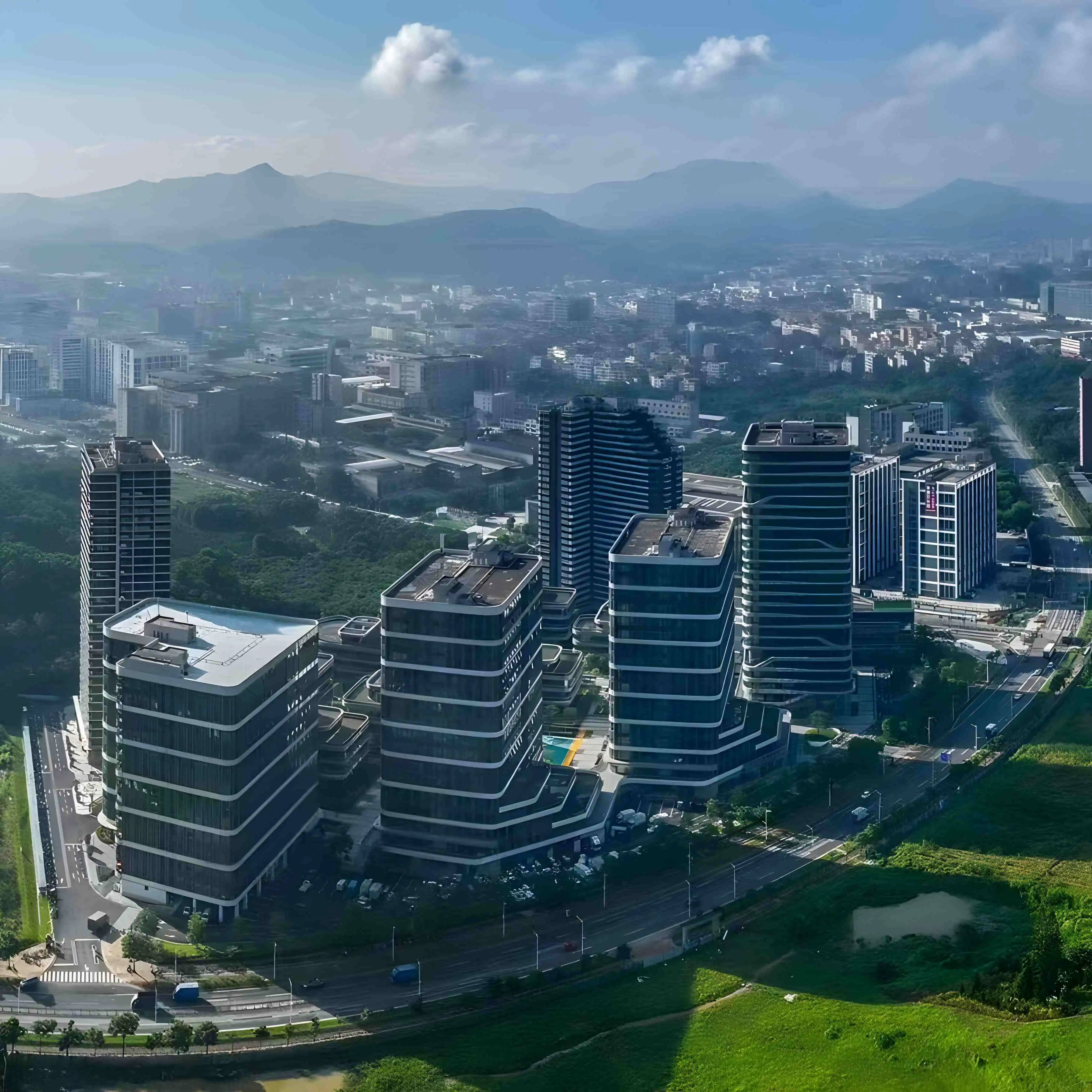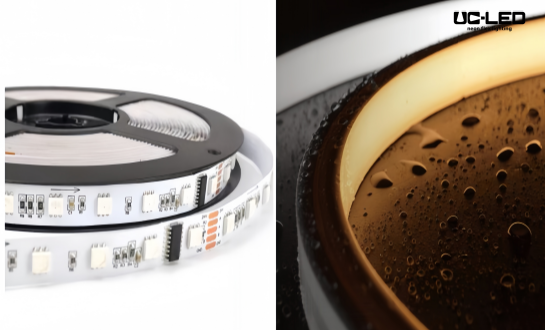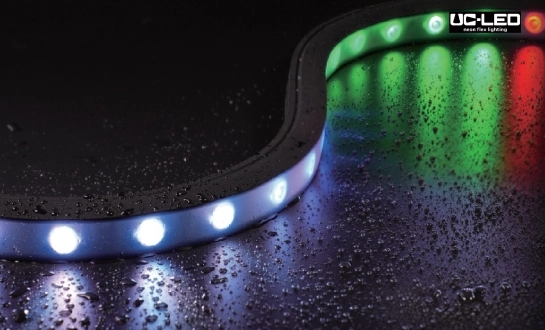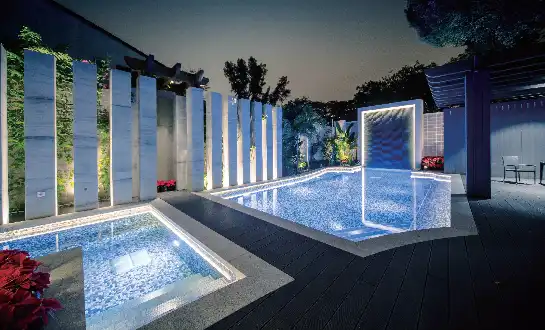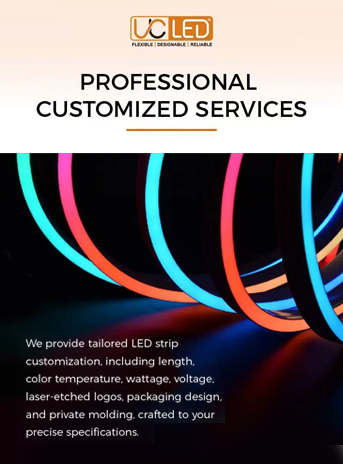Understanding LED Neon Flex Technology and Its Applications in Urban Settings
LED neon flex has revolutionized urban lighting design, offering a versatile and energy-efficient alternative to traditional neon tubes. This innovative lighting solution consists of a flexible LED strip encased in a durable, translucent PVC or silicone jacket, creating a seamless, glowing effect that mimics classic neon lighting. The technology behind LED neon flex allows for greater creative freedom in architectural lighting, signage, and decorative applications across Asian urban landscapes.
One of the key advantages of LED neon flex is its ability to conform to various shapes and contours, making it ideal for outlining building features, creating eye-catching displays, or adding ambient lighting to public spaces. The flexibility of this lighting solution enables designers to bring their visions to life, transforming cityscapes with vibrant, customizable illumination.
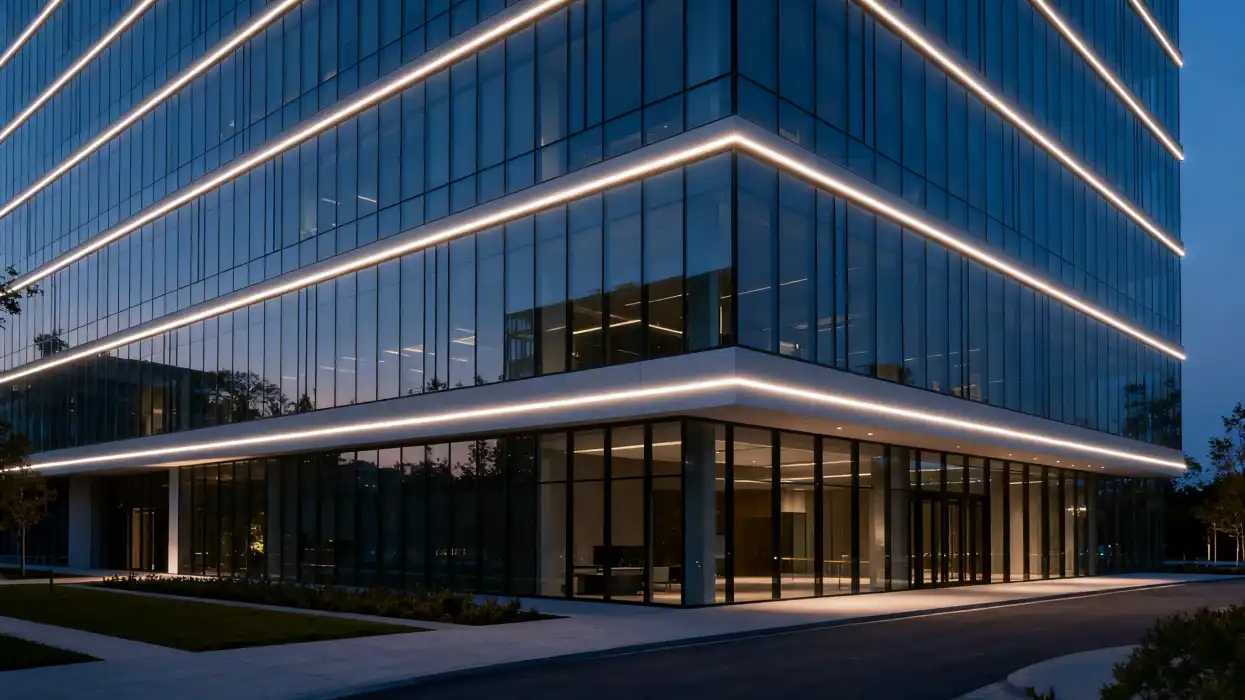
Energy Efficiency and Sustainability in Urban Lighting Projects
As cities across Asia strive for sustainability, LED neon flex emerges as a frontrunner in energy-efficient lighting solutions. Compared to traditional neon lighting, LED neon flex consumes significantly less power while providing comparable or superior brightness. This reduction in energy consumption not only lowers operational costs but also aligns with green building initiatives and environmental regulations prevalent in many Asian urban centers.
The long lifespan of LED neon flex further contributes to its sustainability profile. With proper installation and maintenance, these lighting systems can operate for up to 50,000 hours or more, reducing the frequency of replacements and minimizing waste. This longevity is particularly beneficial for large-scale urban development projects, where lighting replacement can be logistically challenging and costly.
Customization and Color Options for Diverse Urban Aesthetics
Urban developments in Asia often seek to create unique identities through distinctive architectural lighting. LED neon flex offers an extensive palette of colors and effects to achieve this goal. From solid colors to dynamic RGB options, designers can select the perfect hue to complement building facades, highlight architectural features, or create immersive environments in public spaces.
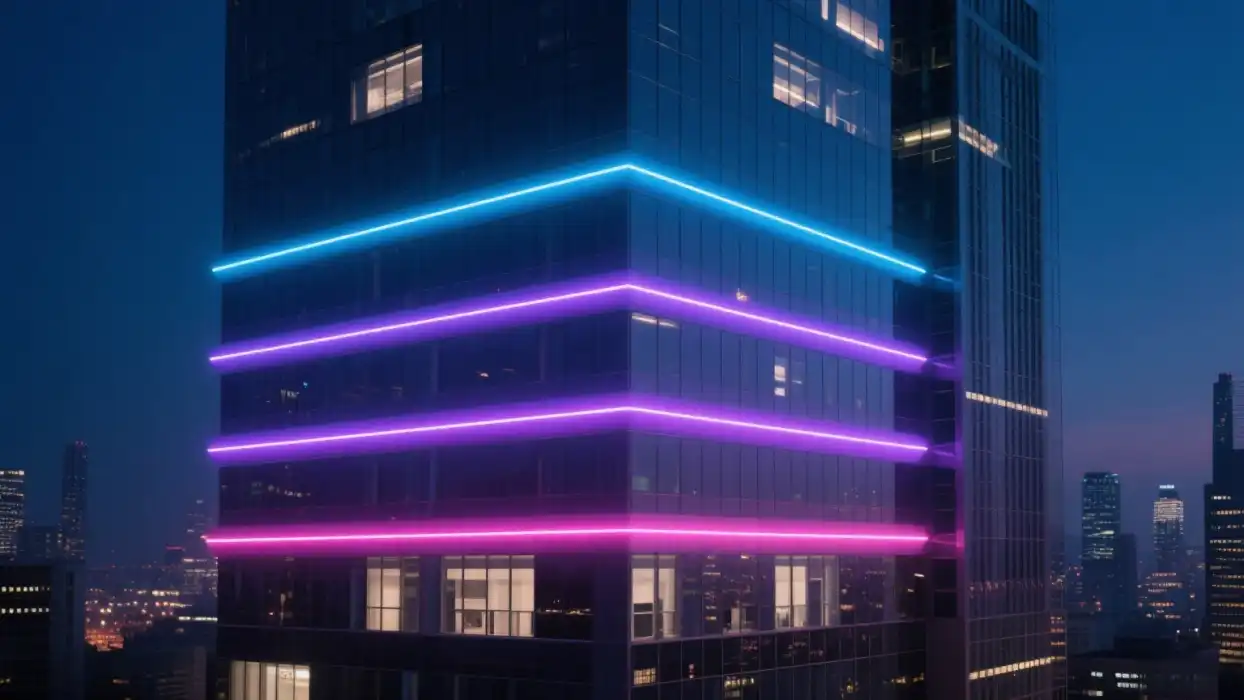
The ability to customize LED neon flex extends beyond color selection. Manufacturers can produce these lighting solutions in various sizes and shapes, allowing for bespoke designs that cater to specific project requirements. This level of customization enables architects and lighting designers to push the boundaries of creativity, resulting in truly unique urban lighting installations that capture the essence of modern Asian cities.
Key Considerations for Selecting LED Neon Flex in Urban Development Projects
When choosing LED neon flex for urban development projects in Asia, several critical factors must be taken into account to ensure optimal performance and longevity. The diverse climate conditions across the continent, from tropical humidity to arid environments, necessitate careful selection of materials and specifications to withstand various weather challenges.
Durability and Weather Resistance for Outdoor Applications
For outdoor installations, durability is paramount. Look for LED neon flex products with high IP (Ingress Protection) ratings, such as IP67 or IP68, which offer excellent protection against dust and water ingress. This level of protection is crucial for ensuring the longevity of lighting installations in urban environments exposed to rain, humidity, and pollution.
UV resistance is another critical factor, especially in regions with intense sunlight. Choose LED neon flex products with UV-resistant coatings to prevent discoloration and degradation of the outer casing, maintaining the aesthetic appeal of the lighting over time.
Brightness and Visibility in Various Urban Settings
The brightness of LED neon flex is measured in lumens per meter, and selecting the appropriate luminosity is essential for achieving the desired visual impact. Consider the surrounding ambient light levels and the viewing distance when determining the required brightness. For example, installations on high-rise buildings may require brighter LED neon flex to ensure visibility from a distance, while more subtle lighting effects might be suitable for street-level applications.
Color temperature is another crucial aspect of brightness perception. Warm white (2700K-3000K) can create a cozy, inviting atmosphere, while cool white (5000K-6500K) offers a crisp, modern look. The choice of color temperature can significantly influence the mood and perception of urban spaces, so it's important to align this selection with the overall design concept.
Installation Flexibility and Ease of Maintenance
The complexity of urban architecture demands lighting solutions that can adapt to various installation scenarios. LED neon flex with a smaller bending radius offers greater flexibility, allowing for intricate designs and seamless integration with building contours. Consider products that can be easily cut to specific lengths and feature user-friendly connection systems to simplify installation and reduce project timelines.
Ease of maintenance is equally important for long-term project success. Opt for LED neon flex systems with modular designs that allow for easy replacement of sections without disturbing the entire installation. This feature can significantly reduce maintenance costs and downtime, ensuring that urban lighting remains functional and attractive throughout its lifespan.
Regulatory Compliance and Safety Standards for Urban Lighting Projects in Asia
Navigating the regulatory landscape for lighting installations in Asian urban developments requires a thorough understanding of local and international standards. Compliance with these regulations is not just a legal requirement but also ensures the safety and longevity of LED neon flex installations in public spaces.
Meeting Local Building Codes and Electrical Standards
Each country in Asia has its own set of building codes and electrical standards that govern the installation of lighting systems in urban environments. When selecting LED neon flex for a project, ensure that the product meets or exceeds these local requirements. This may include specific certifications for fire resistance, electrical safety, and environmental performance.
For example, in Singapore, lighting installations must comply with the Building and Construction Authority (BCA) guidelines, which include specific requirements for energy efficiency and safety. Similarly, projects in China need to adhere to the GB standards for electrical equipment and lighting fixtures. Working with manufacturers who are familiar with these regional standards can streamline the approval process and ensure project success.
Energy Efficiency Certifications and Green Building Initiatives
Many Asian cities are at the forefront of green building initiatives, with stringent requirements for energy efficiency in urban developments. LED neon flex products that carry recognized energy efficiency certifications, such as Energy Star or equivalent regional standards, can contribute to achieving green building ratings like LEED, BREEAM, or local equivalents.
In addition to energy efficiency, consider the environmental impact of the LED neon flex throughout its lifecycle. Products made with recyclable materials and those that minimize the use of harmful substances align with the sustainability goals of modern urban development projects.
Safety Features and Emergency Lighting Considerations
Safety is paramount in urban lighting installations, particularly in high-traffic areas or on tall buildings. Look for LED neon flex products with built-in safety features such as low-voltage operation, which reduces the risk of electrical hazards. For installations in emergency exit routes or public safety applications, ensure that the LED neon flex meets the required luminance levels and has backup power options to function during power outages.
Some urban development projects may require lighting systems that integrate with smart building management systems. LED neon flex products that offer compatibility with these systems can enhance overall building safety and energy management, providing real-time monitoring and control capabilities.
Conclusion
Choosing the right LED neon flex for urban development projects in Asia requires a comprehensive approach that balances aesthetic appeal, performance, and regulatory compliance. By carefully considering factors such as durability, energy efficiency, customization options, and safety standards, project managers can select lighting solutions that not only enhance the visual impact of urban spaces but also contribute to sustainable and safe city environments. When seeking LED neon flex products for your project, partner with reputable manufacturers and suppliers who offer expertise in Asian market requirements and can provide tailored solutions to meet your specific needs.
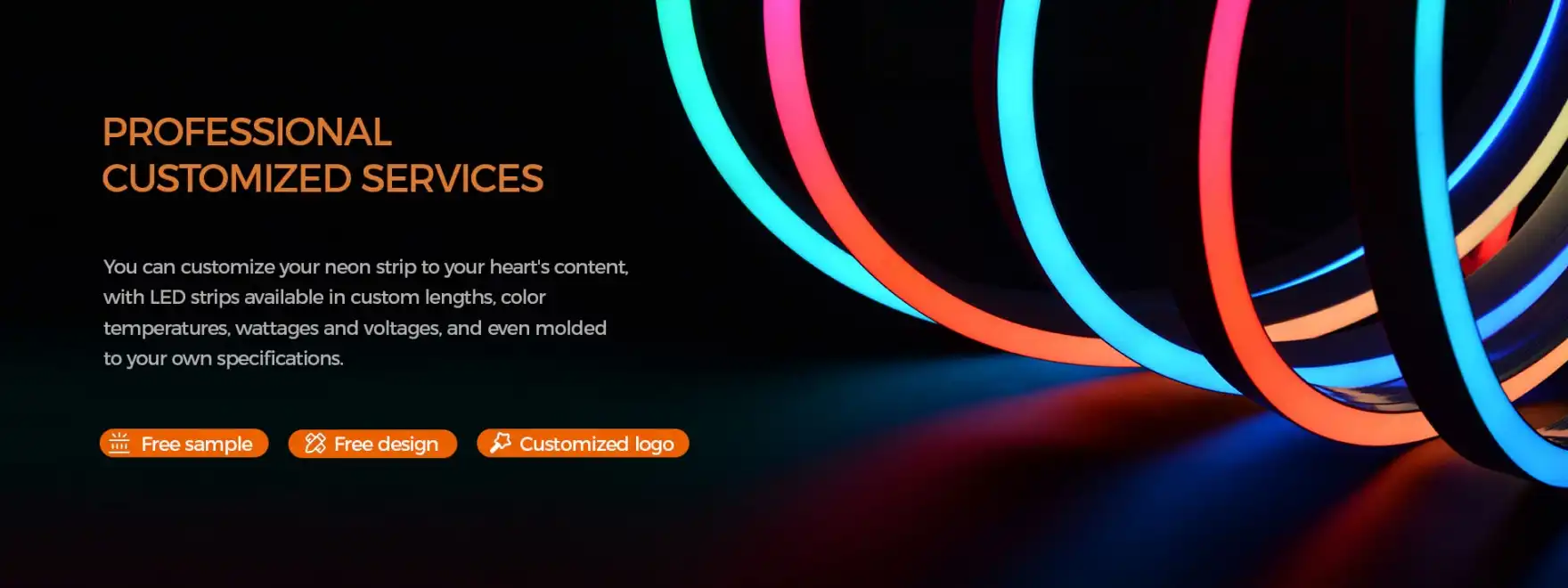
FAQ
What is the typical lifespan of LED neon flex in urban installations?
With proper installation and maintenance, LED neon flex can last up to 50,000 hours or more, which translates to several years of continuous use in urban settings.
Can LED neon flex be used in extreme weather conditions?
Yes, many high-quality LED neon flex products are designed to withstand extreme temperatures and weather conditions, with IP ratings suitable for outdoor use in various climates.
Is LED neon flex customizable for specific project needs?
Absolutely. Many manufacturers offer customization services, allowing for bespoke colors, sizes, and shapes to meet unique project requirements.
Choose QUAN HE for Your LED Neon Flex Needs | QUAN HE
QUAN HE Lighting Co., Ltd. is your trusted partner for premium LED neon flex solutions. As a leading manufacturer with over a decade of experience, we offer high-quality, customizable lighting products perfect for urban development projects across Asia. Our ISO-certified facility and expert R&D team ensure innovative, reliable solutions tailored to your specific needs. For superior LED neon flex products and unparalleled support, contact us at Linda@uc-led.com.
source: LED Light
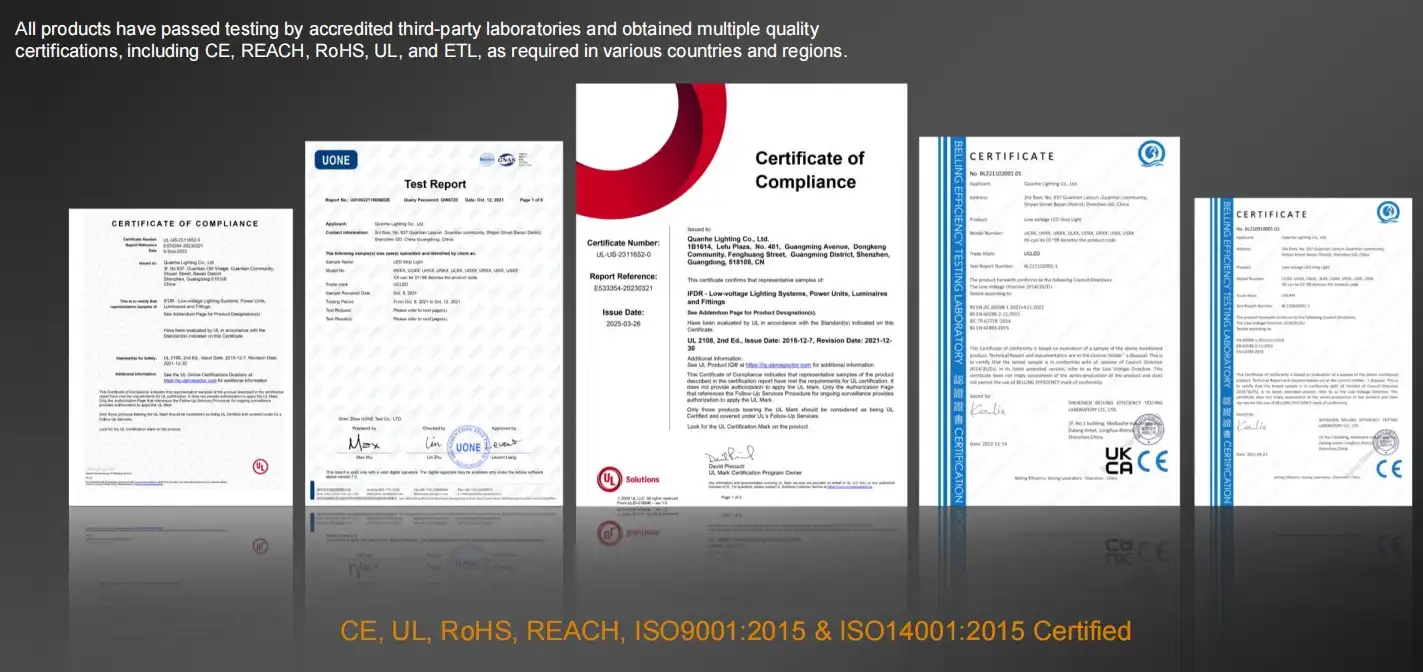
References
1. Zhang, L., & Wang, H. (2019). "Urban Lighting Design Strategies: A Comparative Study of Asian Metropolises." Journal of Architectural Illumination, 45(3), 178-195.
2. Chen, Y., et al. (2020). "Energy-Efficient LED Neon Flex Applications in Modern Asian Architecture." Sustainable Cities and Society, 58, 102136.
3. Kim, S., & Park, J. (2021). "Regulatory Frameworks for Urban Lighting in Developing Asian Cities." Urban Planning and Development, 147(2), 04021005.
4. Tan, M. (2018). "Innovative Lighting Technologies in Asian Smart Cities: A Review." IEEE Transactions on Smart Grid, 9(5), 4275-4283.
5. Wong, K. L., & Liu, C. (2022). "Sustainability and Safety Considerations in LED Neon Flex Installations for Urban Projects." Building and Environment, 207, 108458.
